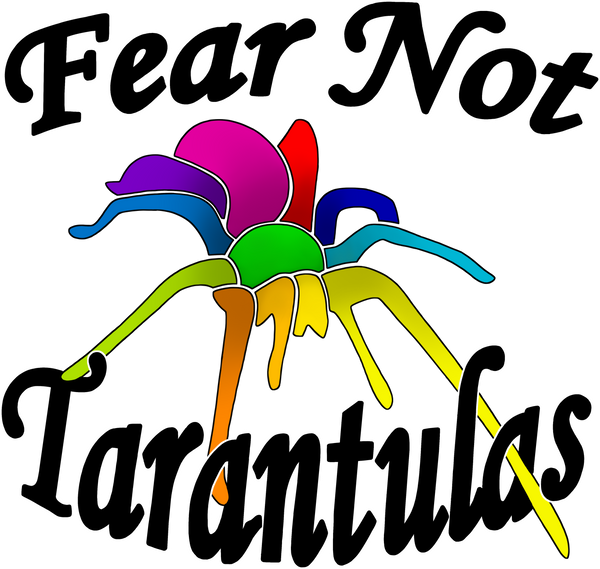About: This beautiful, large arboreal is a relatively hard-to-find species – especially if you are seeking domestically bred spiderlings. We have had the privilege of being able to breed our own and were the first to offer domestically bred spiderlings. This large, fuzzy spider with yellow bands on its legs is a must-have for anyone who enjoys large arboreal species. They are naturally found in trees and foliage, webbing hammocks and tunnels throughout.
Avicularia rufa (Yellow Banded Pinktoe Tarantula)
Avicularia rufa (Yellow Banded Pinktoe Tarantula)

Name Pronunciation:
Avicularia (uh-vik-yuh-LAH-ree-uh)
*Adapted from The American Tarantula Society
Name and Description History:
Avicularia juruensis Mello-Leitão, 1923
New World, Arboreal
Size: 5-6”
Growth Rate: Medium / fast
Natural Habitat: Brazil
Housing Needs: Arboreal setup. Higher humidity is needed and can be obtained by misting every few days and adding a cup of water to the habitat. A tall piece of cork bark against a side of the enclosure is good to offer as something to anchor its web on. Cross ventilation is equally as important as humidity.
Temperament and Defensiveness: Rufas are relatively docile and easy to care for and re-home if necessary. Our adults have always been on the shy side and have never shown aggression. This genus has a unique defense mechanism by which they will launch excrement when they feel threatened. It can go as far as 2 or 3 feet. They also tend to jump, especially as babies and juveniles, and are particularly sensitive to breezes. If a spiderling escapes, hold your breath as you manipulate it back into the enclosure because the slightest breath will cause it to bolt. They do have urticating hairs that some people are more sensitive to than others.
Feeding: If hungry, an adult will always take a large dubia right from my tongs. Eats cricket, roaches, or mealworms.
Spiderling

Mature male

Female with her egg sac.

1st Instar spiderlings

